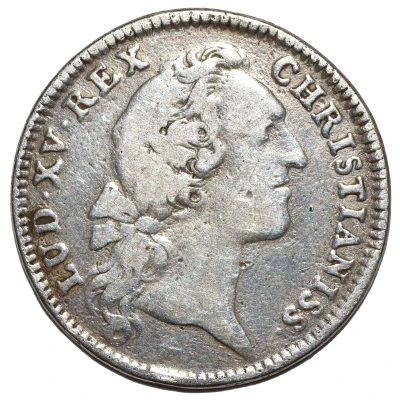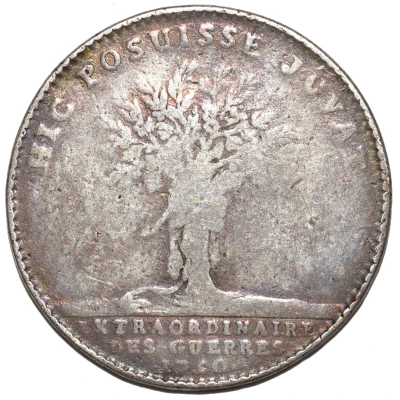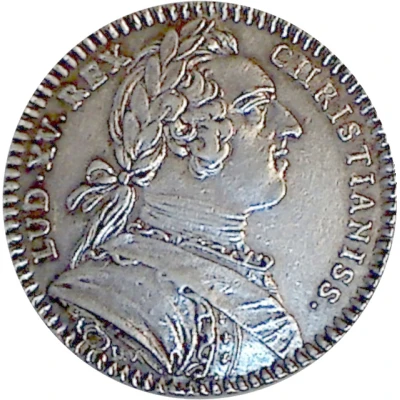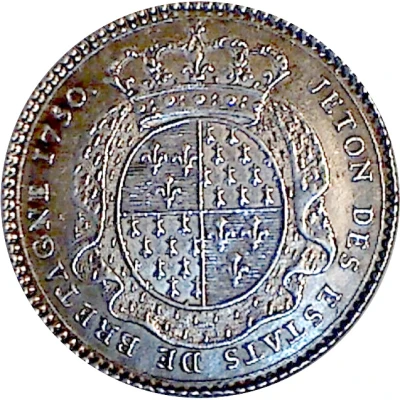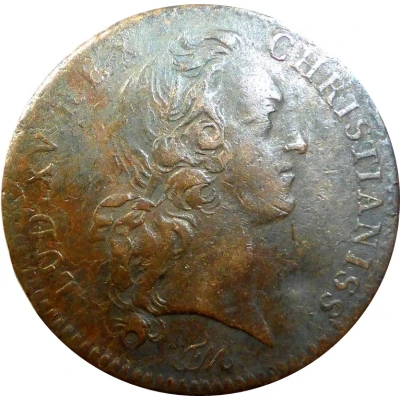
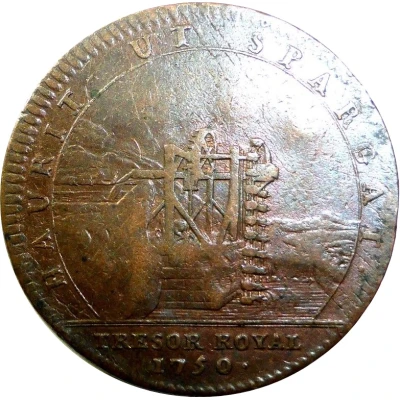

© ZacUK
Token - Louis XV - Trésor Royal - Haurit ut Spargat
1750 year| Bronze | 6.9 g | 28.7 mm |
| Location | France |
|---|---|
| King | Louis XV (1715-1774) |
| Type | Commemorative medals › Company, institution and association medals |
| Year | 1750 |
| Composition | Bronze |
| Weight | 6.9 g |
| Diameter | 28.7 mm |
| Shape | Round |
| Technique | Milled |
| Orientation | Coin alignment ↑↓ |
| Demonetized | Yes |
| Updated | 2024-11-12 |
| Numista | N#88811 |
|---|---|
| Rarity index | 94% |
Reverse
Central circle with a water mill machine in middle (to lift water using a system of buckets and wheels, installed at Marly, Versailles to provide water). Water tank reservoir on left, scenery on right. Lettering outside circle, lettering and date in exergue, toothed border
Script: Latin
Lettering:
HAURIT UT SPARGAT ·
TRESOR ROYAL
1750 ·
Translation: It draws to distribute
Edge
Plain
Comment
The symbolism of water that irrigates and fertilizes is very common on the jetons of the Royal Treasury. The water that flows is supposed to symbolize the role of the administration, and the idea is the same as that often used the rays emanating from the sun.Trésor Royal: The first Capetian kings settled their belongings themselves using a chancellor and four Ministers of the Royal Household: the Seneschal, the Constable, the Grand Bouteiller and Grand Chambrier. Grand Bouteiller managed the royal treasury with the Grand Chambrier. Under Philip IV, the Chamber of Accounts appears in 1311, the Superintendent of Finance is assisted by a Treasurer. Royal Treasury and Treasury nevertheless confuse even under Charles V. Under Charles VII, Treasurers are increased to four and are responsible for setting the revenue budget. Under Francis I, the kingdom was divided into sixteen springs with their heads to the Receiver General and Treasurer of the savings that centralized all.
